A man is standing on a railway platform listening to the whistle of an engine, that passes the man at constant speed without stopping. If the engine passes the man at time , how does the frequency f of the whistle as head by the man changes with time ?
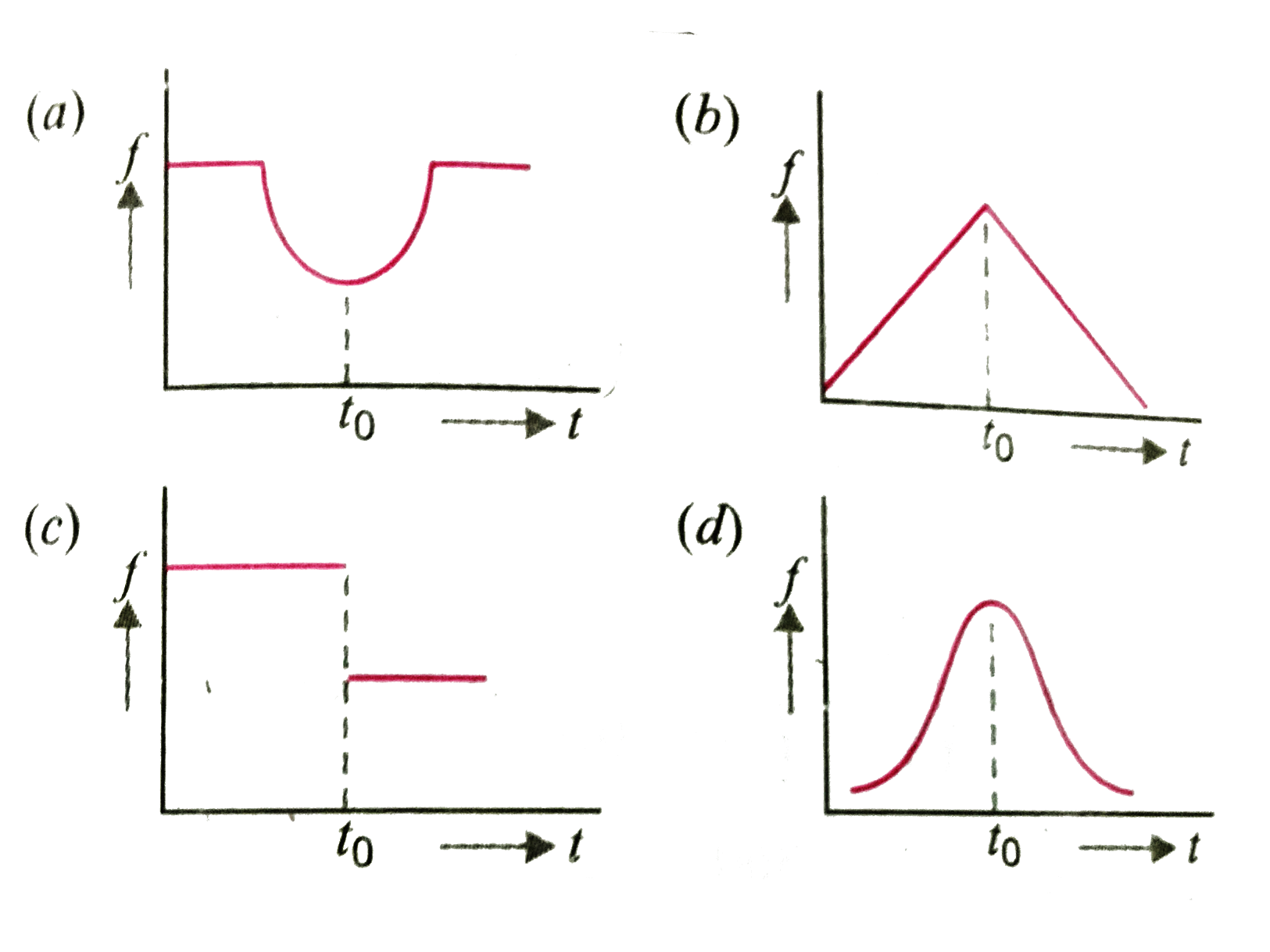




The correct Answer is:A
Step by step video & image solution for A man is standing on a railway platform listening to the whistle of an engine, that passes the man at constant speed without stopping. If the engine passes the man at time t_(0), how does the frequency f of the whistle as head by the man changes with time ? by Physics experts to help you in doubts & scoring excellent marks in Class 12 exams.
Updated on:21/07/2023Topper's Solved these Questions
- WAVESBOOK - AAKASH INSTITUTE ENGLISHCHAPTER - WAVESEXERCISE - ASSIGNMENT ( SECTION-C ( Previous year Questions ))
53 Videos
- WAVESBOOK - AAKASH INSTITUTE ENGLISHCHAPTER - WAVESEXERCISE - ASSIGNMENT ( SECTION-D ( Assertion - Reason Type Questions ))
12 Videos
- WAVESBOOK - AAKASH INSTITUTE ENGLISHCHAPTER - WAVESEXERCISE - ASSIGNMENT ( SECTION-A ( Objective type Questions ))
50 Videos
- WAVE OPTICSBOOK - AAKASH INSTITUTE ENGLISHCHAPTER - WAVE OPTICSEXERCISE - Assignment (Section-J (Aakash Challengers question))
1 Videos
- WORK, ENERGY AND POWERBOOK - AAKASH INSTITUTE ENGLISHCHAPTER - WORK, ENERGY AND POWEREXERCISE - Assignment (SECTION - D)
13 Videos
Similar Questions
A man sitting in a moving train hears the whistle of the engine. The frequency of the whistle is 600 Hz
View SolutionA man standing on a platform observes that the frequency of the sound of a whistle emitted by a train drops by 140 Hz. If the velocity of sound in air is 330 m/s and the speed of the train is 70 m/s, the frequency of the whistle is
View Solution
Knowledge Check
A train whistling at constant frequency is moving towards a station at a constant speed V. The train goes past a stationary observer on the station. The frequency n′ of the sound as heard by the observer is plotted as a function of time t, figure. Identify the expected curve.
A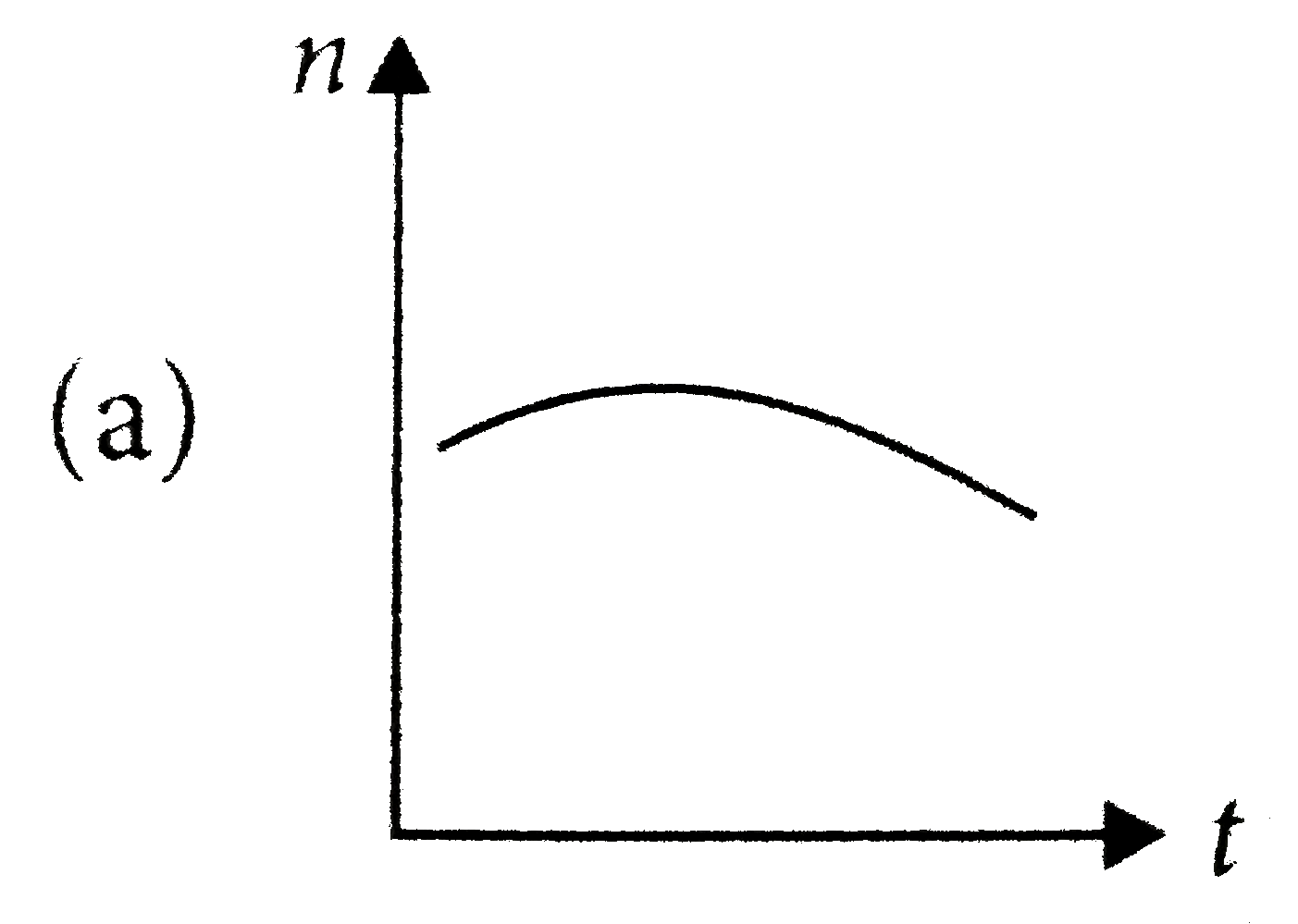 B
B C
C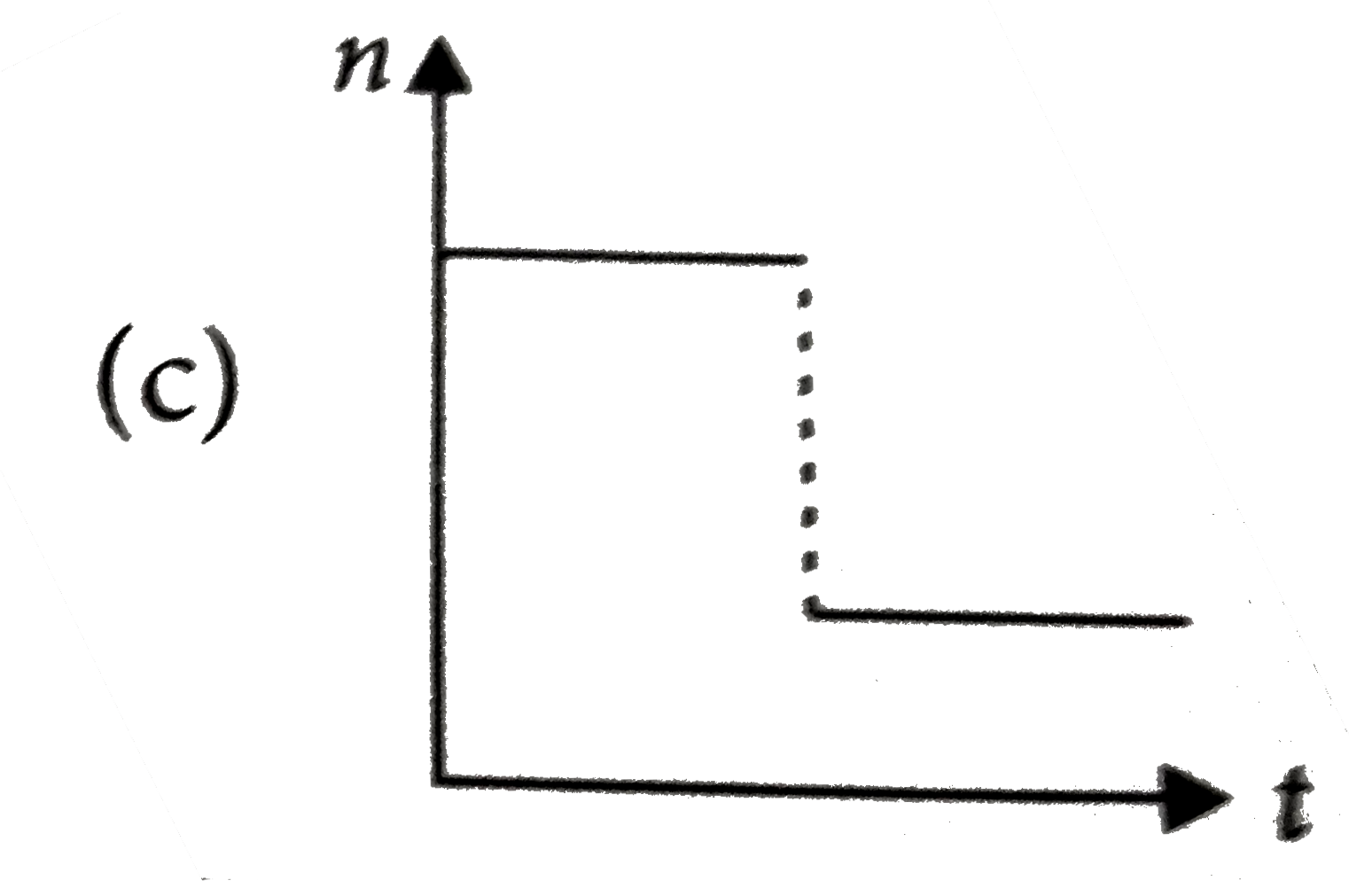 D
D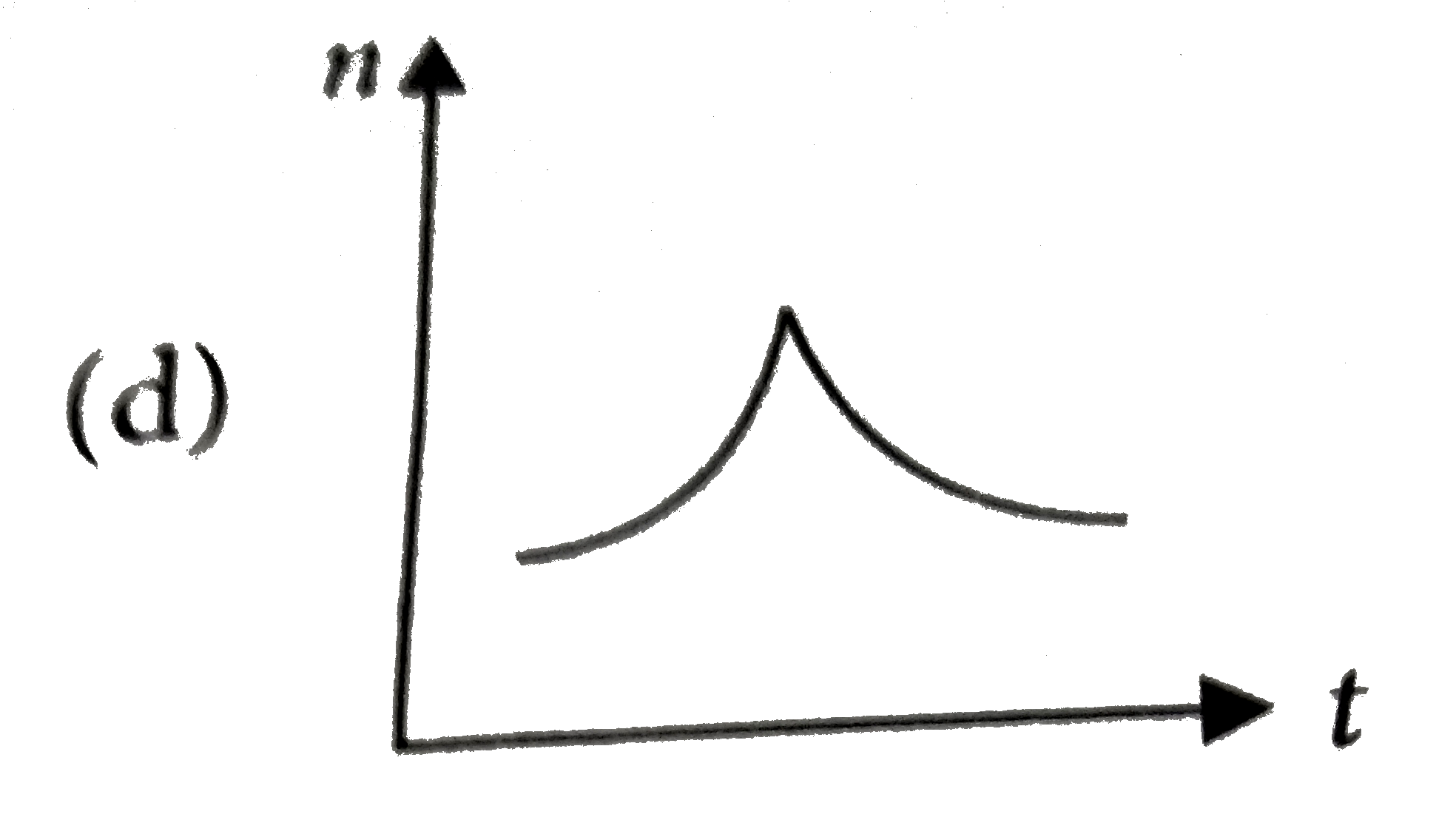
The apparent frequency of the whistle of an engine changes in the ratio 6:5 as the engine passes a stationary observer. If the velocity of sound is 330ms, then the velocity of the engine is
View SolutionThe apparent frequency of the whistle of an engine changes in the ratio 6:5 as the engine passes a stationary observer. If the velocity of the sound is 330 m/s then the velocity of the engine will be
View SolutionA man of mass m is standing on a platform of mass M kept on smooth ice. If the man starts moving on the platform with a speed v relative to the platform with what velocity relative to the ice does the platform recoil?
View SolutionA sound detector is placed on a railway platform. A train, approaching the platform at a speed of 36kmh−1, sounds its whistle. The detector detects 12.0 kHz is the most dominant frequency in the whistle. If the train stops at the platform and sounds the whistle, what would be the most dominant frequency detected? The speed of sound in air is 340ms1.
View SolutionFigure shows a light platform on which a man of mass M is standing and holding a string passing over a system of ideal pulleys. Another mass m is hanging as shown in fig. Find the force the man has to exert to maintain the equlibrium of system, and find the force exerted by the platform on the man. Also find the ratio of M/m.
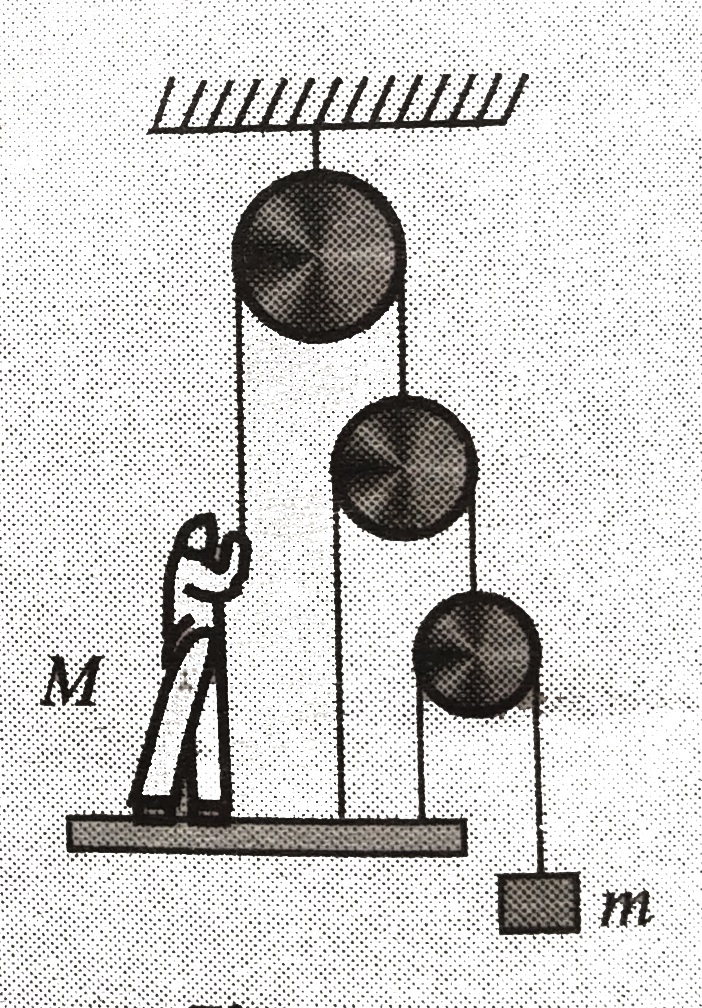
View SolutionStatement -1 : A man standing on the ground has to hold his umbrella at an angle θ with the vertical to protect himself from rain. It is possible that the man now starts running on the ground with certain speed, but he still has to hold his umbrella at angle θ with the vertical to protect himself from rain.
Statement -2 : Vertical component of velocity of rain w.r.t man does not change. if he starts running on a horizontal ground.
View SolutionA train whistling at constant frequency is moving towards a station at a constant speed V. The train goes past a stationary observer on the station. The frequency n′ of the sound as heard by the observer is plotted as a function of time t, figure. Identify the expected curve.
View Solution
